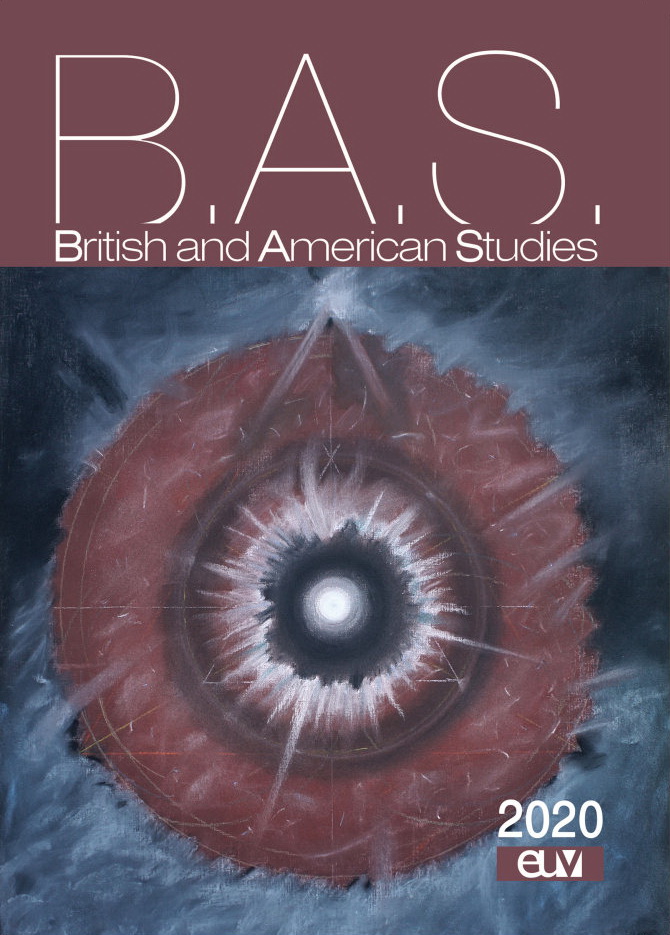THE BEAUTY OF THE WORLD AND THE QUINTESSENCE OF DUST: SHAKESPEARE’S DECONSTRUCTION OF THE RENAISSANCE IDEAL OF MAN
THE BEAUTY OF THE WORLD AND THE QUINTESSENCE OF DUST: SHAKESPEARE’S DECONSTRUCTION OF THE RENAISSANCE IDEAL OF MAN
Author(s): Marta GibińskaSubject(s): Language and Literature Studies, Studies of Literature
Published by: Editura Universităţii de Vest din Timişoara / Diacritic Timisoara
Keywords: ancient; medieval and renaissance human ideals; hero; tragic hero; Shakespeare’s tragic characters;
Summary/Abstract: The Renaissance ideal of man is an amalgamation of ancient Roman ideals with the Judeo-Christian traditions of both Greek and Latin Fathers, the medieval and renaissance Neo-platonic concepts and humanist ideals. The central concept is the dignity of man, but it touches on all aspects of individual characteristics and social functions, inevitably concerning first of all governors and princes in their responsibilities for their subjects. Human rationality and moral astuteness were seen as guaranteed by God in the act of creation, and therefore treated as inalienable human qualities and ineluctable human duties. A short review of ideas on human ideal from Cicero to Ficino and Pico della Mirandola prepares the ground for a definition of the Renaissance Ideal which then is dissected and anatomised in the Shakespearean characters of Hamlet, King Lear and Macbeth. It is argued that the discursive method of character presentation allows Shakespeare to question all aspects of the ‘ideal’ and yet offer a persuasive vision of a human being, a long shot from Leonardo’s Vitruvian Man, and yet not less capable to be truly great: neither the beauty of the world nor the quintessence of dust.
Journal: B.A.S. British and American Studies
- Issue Year: 26/2020
- Issue No: 26
- Page Range: 129-142
- Page Count: 14
- Language: English

